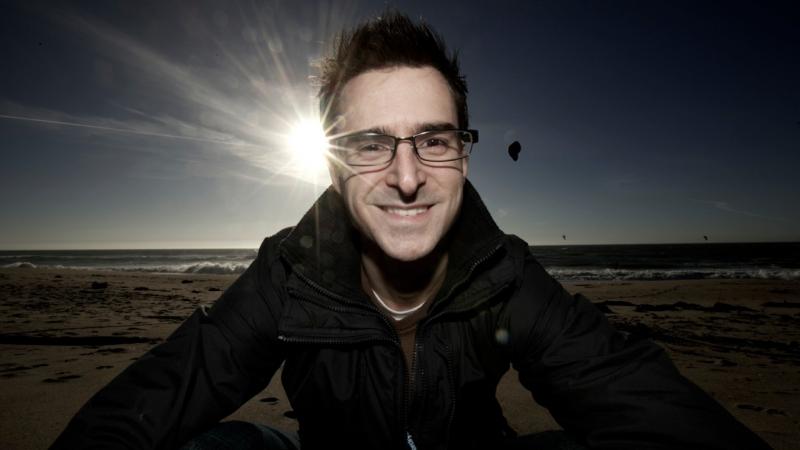Professor Lewis Dartnell, Professor of Science Communication, wrote an article for the BBC Sky at Night Magazine about how using data from the Cassini mission, astronomers have come up with a new method of calculating the mass of trans-Neputnian (TNOs) objects like the Kuiper Belt.

In the article, Professor Dartnell wrote about how a group of astronomers have worked out how to weigh trans-Neptunian objects, which are minor or dwarf planets in the Solar System that orbit the Sun at a greater average distance than Neptune. These objects make up the Kuiper Belt, a disc in the outer solar system which is around 100 times larger than the asteroid belt.
He wrote: “As more and more TNOs have been discovered, something very strange has been noticed. One group of TNOs cluster together and all make their closest approach to the Sun in the same sector. In 2016, an unseen ninth planet was proposed to explain these curious anomalies – a super-Earth orbiting at over 400 AU, whose gravity is shepherding these Kuiper Belt objects.
“Attempts to locate this elusive potential planet have so far failed, but what would really help pin down any gravitational interactions from Planet Nine is a much clearer understanding of the masses of these TNOs. So how do you weigh the Kuiper Belt from over 6 billion km away?”
Explaining how a group of astronomers achieved this, Professor Dartnell said: “They used data from the Cassini mission to calculate the position of Saturn extremely accurately, and then used perturbations to this orbit to infer the cumulative mass of the TNOs.”
He added: “With an intricate looping tour around Saturn and its moons for over 13 years, Cassini was one of the most complex space missions ever navigated. This required precise tracking of the spacecraft, and so for around six hours every day the Deep Space Network of radio dishes exchanged signals with Cassini.”
Read the full article on the Sky at Night Magazine website.


